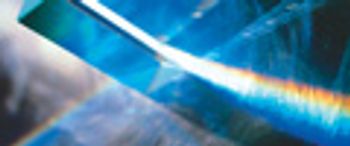
LCGC North America
For great advancements in understanding made by intuitive leaps to be successful, they must withstand rational scrutiny.

LCGC North America
For great advancements in understanding made by intuitive leaps to be successful, they must withstand rational scrutiny.
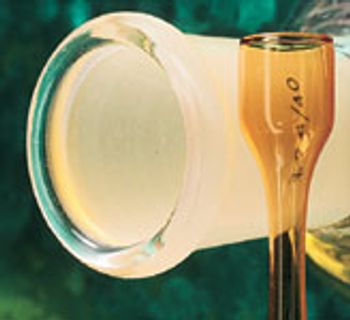
LCGC North America
This postscript to the December 2005 installment "Early Petroleum Chromatographers" outlines the East–West controversy concerning the invention of chromatography.

LCGC North America
The authors have developed a method of determining zeranol residues in bovine tissues without using toxic chemicals, organic solvents, and reagents in sample preparation and reversed-phase HPLC separation.
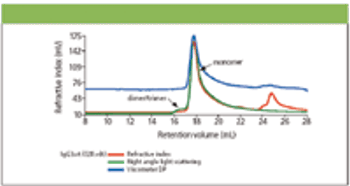
LCGC North America
Size exclusion chromatography (SEC) coupled to light-scattering, viscometer and refractive index detectors is a common technique used for the characterization of polymers. In this article the solution conformations of two chimeric IgG3 antibodies were studied using this coupled triple detection technique. Conclusions indicate that the results allow hydrodynamic modeling of the antibody structures.
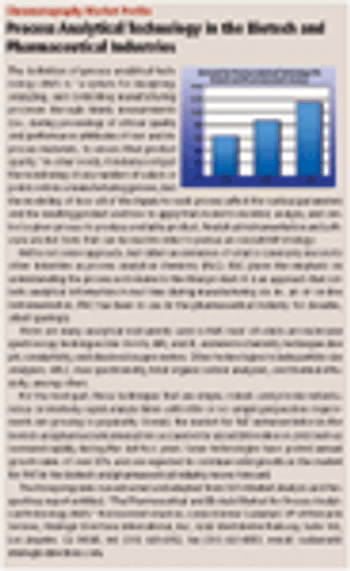
LCGC North America
Thermo Electron Corporation (Waltham, Massachusetts) has recently announced the opening of a customer demonstration laboratory in Mumbai, India. The center will serve local pharmaceutical, petroleum/petrochemical, automobile, environmental, and agricultural market sectors and will be equipped with demonstration and training facilities.

LCGC North America
Thermal conductivity detectors have been in use since before the beginning of gas chromatography. Essential for fixed-gas detection - no substitute has the same ease of use and stability - thermal conductivity detectors also are employed when the auxiliary or combustion gases required by flame ionization or other detectors are unsafe or impractical. Although they cannot match the sensitivity of ionization detectors, thermal conductivity detectors are the third most used detector, surpassed only by flame ionization and bench-top mass-spectrometry detectors. This month's installment of "GC Connections" takes a look at the operating principles and inner workings of the thermal conductivity detectors.
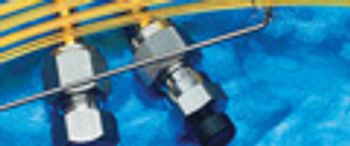
LCGC North America
In this month's "Column Watch," Ron Majors answers HPLC column questions posed by readers and others.
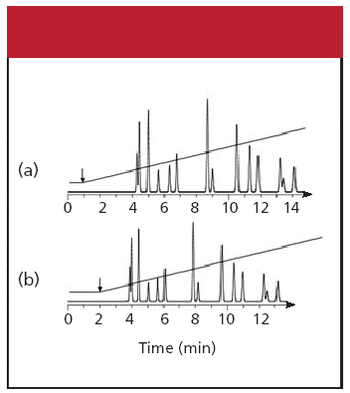
LCGC North America
LCGC North America and its companion publication, LCGC Europe, are targeted for chromatographers in the United States and Europe, respectively. Sometimes I wonder whether or not the same types of problems are encountered by workers in liquid chromatography (LC) on both sides of the Atlantic. As I write this installment of "LC Troubleshooting," I have just completed three weeks of teaching LC short courses in Europe. I can assure you that the content of the questions I get in these classes is the same, no matter where they are taught. This column is based upon questions gleaned from the most recent courses - you can see that there are no national borders for LC problems.